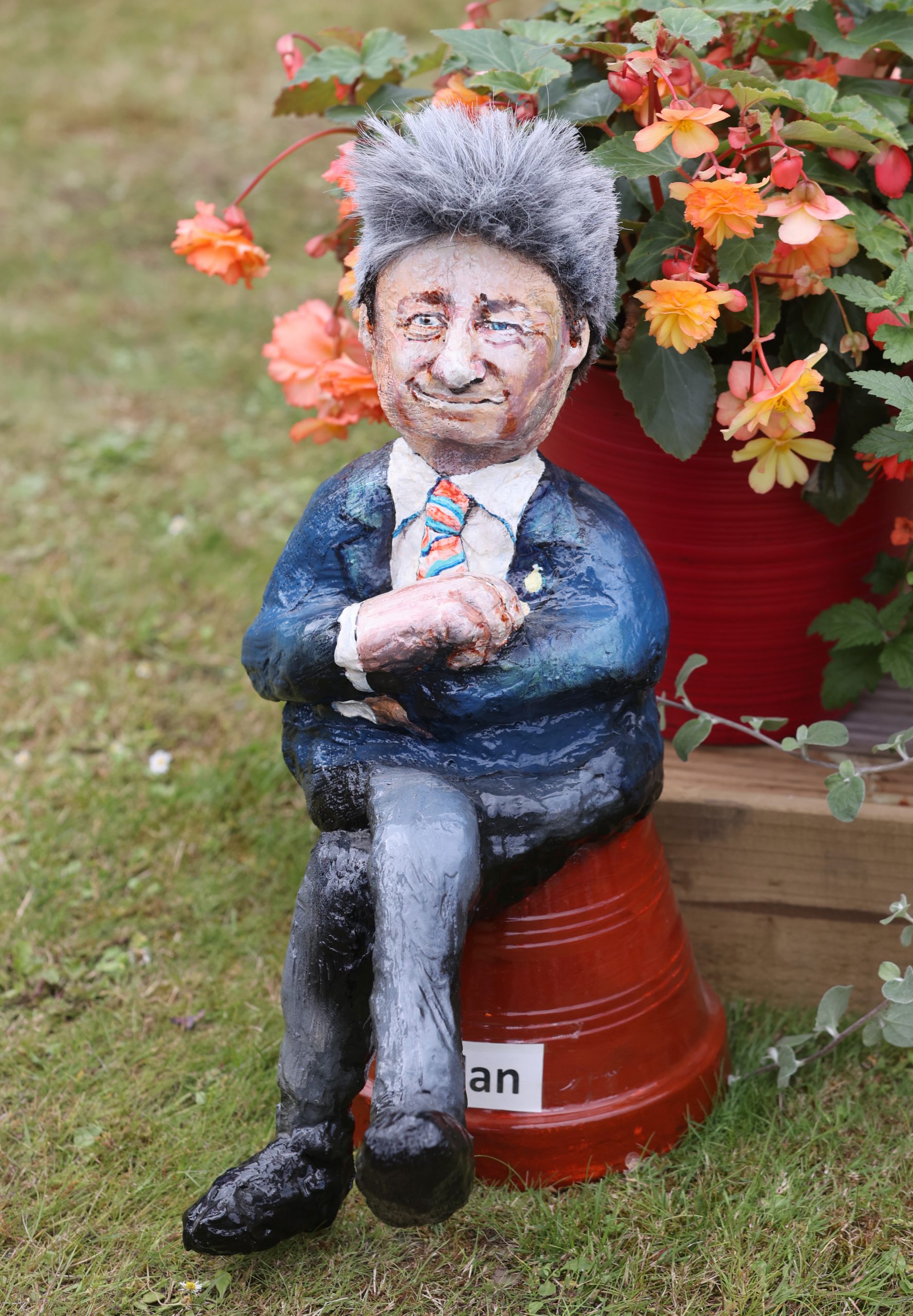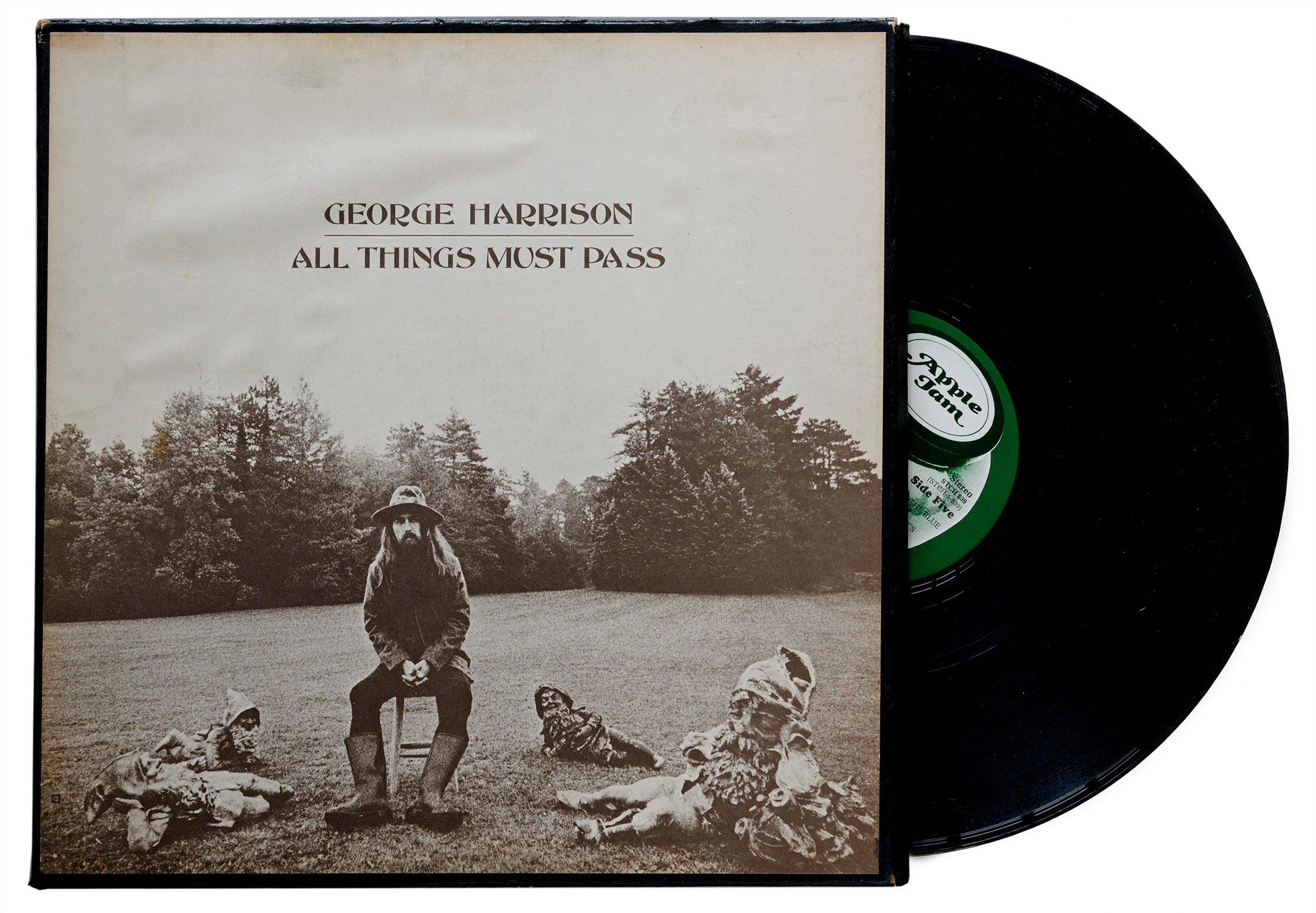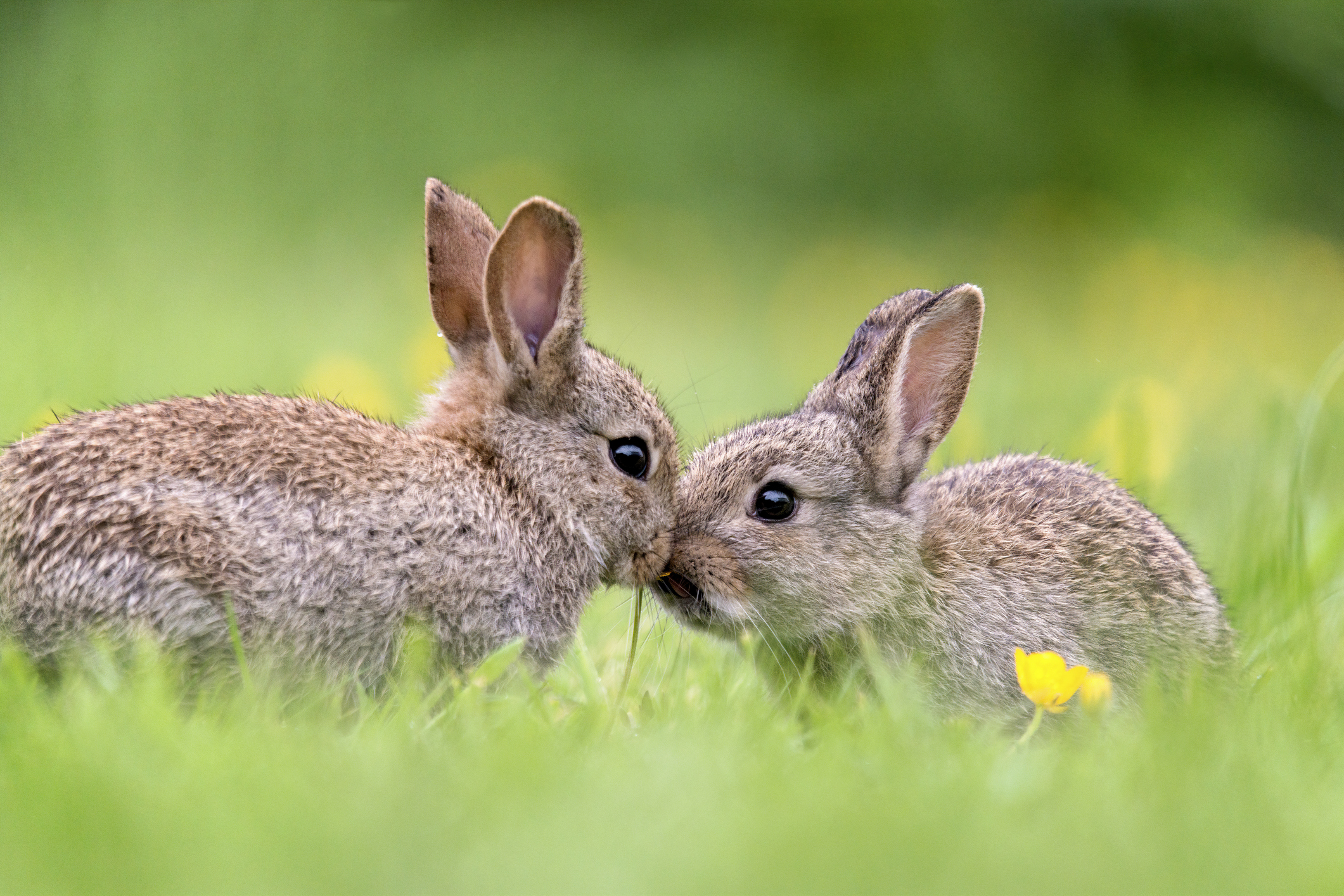Curious Questions: How did garden gnomes take over the world — and even The Queen's private garden?
Vertically challenged, bearded and rosy-cheeked, cheerful gnomes might make for unlikely cover stars, but — says Ben Lerwill — they’ve long graced books, album covers and even The Queen’s private garden.


Charlie approached the South Pole at 2am on February 4, 1977. His beard was as white as the Antarctic ice and his mouth was curved into a smile. This was history in the making. As the polar sun shone overhead and the frozen plains lay unyielding in the sub-zero wilderness, his momentous hour had arrived. Charlie had become the first garden gnome to reach the southernmost point on earth.
Our eccentric obsession with gnomes is a remarkable thing. Here in Britain, their perky hats and bulbous noses peek out of shrubberies from Portobello Road to Penzance. They appear in films, books, video games and advertising campaigns. They are pot-bellied perennials, chortling through winter downpours and summer heatwaves. And, as evidenced by Charlie — who had a helping hand on his chilly expedition from owner Henry Sunderland — they’re also prolific globe-trotters (or should that be gnomads?)
Demand for garden gnomes shot up during the pandemic — headlines were made when a shipment of them got caught up in the Suez Canal blockage — but their story is a long one. Their roots are woven into age-old folk tales of pixies, goblins and fairies; by the 18th century, the word ‘gnome’ had emerged as a term for busy underground creatures thought to be guardians of the earth’s treasures. Even today, their lawn-dwelling descendants are seen by some as protective charms.

The first evidence of humanoid garden ornaments seemingly dates back to ancient Rome. These early likenesses depicted gods and goddesses, although statues of squat musicians and dancers were being made and sold in Europe as long ago as the early 1600s. Fast forward to the 18th century and the formal gardens of Germany routinely featured stocky, sometimes mischievous, dwarf figurines. Smaller wooden and porcelain pieces were designed to sit on house shelves. The archetype of the plump male gnome, complete with beard and hat, began taking hold.
It wasn’t long before British travellers started noticing these indoor and outdoor ornaments on trips to the Continent. What happened next was inevitable. Garden gnomes crossed the Channel to the UK in the 19th century and dug their boots into the soil. Since then, they’ve been making themselves at home, fishing, snoozing, puffing on pipes and occasionally pulling their pants down.
The consensus is that the first true collection of garden gnomes in the UK belonged to Victorian baronet Sir Charles Isham. In 1847, he purchased 21 terracotta figurines from a German manufacturer for the rockery at Lamport Hall in Worcestershire. Today, only one of the figures remains, the others having been disposed of by Sir Charles’s daughters when he passed away. The survivor, known as The Lamport Gnome, has reportedly been insured for £1 million.
Some people would declare themselves above such trivial adornments as gnomes. Others would counter that if your garden doesn’t have gnomes, what you really mean is that your garden doesn’t have gnomes yet. The Queen is known to be a fan, with a pair perched among the foxgloves at her private home in Wiltshire. The King, it’s said, also has a gnome tucked away in the grounds of Highgrove, and a pair were spotted for definite in The Queen's private garden at Raymill, featured in the issue which Her Majesty guest-edited. One estimate puts the British gnome population at more than five million.
Exquisite houses, the beauty of Nature, and how to get the most from your life, straight to your inbox.
‘They’ve got happy faces. That’s what I love about them,’ enthuses Lorna Serna of the Merry Harriers Garden Centre in north Devon, now home to the world’s largest collection of garden gnomes, at about 2,500. Some are sunbathing or having afternoon tea, others are playing football or wheeling barrows. The vast majority of them were transported ‘very carefully, using sacking’ from their nearby former residence, The Gnome Reserve, when it closed in 2021. ‘We’ve got all sorts. They’re mischievous, they’re happy. We actually get lots of garden-centre customers who arrive claiming not to like gnomes, then end up buying one before they leave.’
Mrs Serna points out that children are particularly beguiled by the figures and this fascination has long been borne out in literature. Denys Watkins-Pitchford, who wrote under the pen name BB, won the Carnegie Medal for children’s writing in 1942 for his fantasy novel The Little Grey Men, detailing the adventures of four gnomes.
Enid Blyton’s Noddy and Big Ears both have gnome-like qualities, children’s fiction title Gnomes by Dutch author Wil Huygen became a New York Times bestseller in the 1970s and J. K. Rowling includes the creatures in the Harry Potter books (‘their correct names,’ according to character Xenophilius Lovegood, ‘are Gernumbli gardensi’).

However, despite being a part of the British cultural landscape for some 150 years, and initially being an upper-class indulgence, gnomes have not had an easy ride — mainly because their mass-market appeal became easy to mock. Major’s Garden Ornaments, a company run by the father of former Prime Minister John Major, made its last gnome in the 1960s, apparently foreseeing their demise. By the 1970s, according to Garden Gnomes: A History by writer Twigs Way, ‘the garden gnome was at a low ebb. Vilified by the gardening press… the future looked bleak. Estate agents even issued advice to prospective house sellers to hide the gnomes when buyers came to call’.
Not even the appearance of four garden gnomes on the cover of George Harrison’s platinum-selling All Things Must Pass album (it’s been suggested a miffed John Lennon took this as a dig at The Beatles) could stop the slide. To add to this, the RHS had a longstanding ban on gnomes and other ‘brightly coloured, mythical creatures’ at the Chelsea Flower Show, although this policy was lifted for the show’s centenary in 2013, resulting in gnome versions of the then Duke of Cambridge and his pregnant wife, Catherine.

Gnomes, however, are nothing if not resilient. Recent decades have seen a resurgence of sales, thanks in part to 2011 animated Hollywood film Gnomeo & Juliet, but also because of a sense that snobbery can go too far. ‘I think part of it might be a reaction to modern design trends in recent years. Gnomes add a touch of whimsy,’ says Karen Forward of online retailer Gnomelands, which has sent gnomes as far afield as Australia and the US. ‘They’ve become a symbol of home and family.’
When French designer Philippe Starck created his still-popular Gnome Tables and Gnome Stools in 2000, it was a clear example of a more contemporary, if tongue-in-cheek, take on the trend. There have also been numberless instances of ‘gnoming’, which involves taking gnomes — sometimes pilfered from other people’s gardens — on exotic travels, then sharing the results on social media, or even posting photographs back to the gnome’s owners. Intrepid polar traveller Charlie, of course, was making these sorts of trips decades ago.
Beyond the ups and downs, our gnomes remain something uncomplicated: a simple if quirky way of bringing comfort and character to a garden. ‘They say that, if you look after gnomes, they’ll look after you,’ notes Mrs Serna, who explains that several people have bestowed their gnomes to the garden centre’s record-breaking collection in their wills. And does she have a favourite among the 2,500? ‘I do. He’s lovely and chubby, and he’s sitting in his chair having a nap, just letting the world go by. That’s what we want in life.’
Where to buy garden gnomes
- The Gnome Reserve, Merry Harriers, Woolfardisworthy, Bideford, Devon (open Easter to September) www.merryharriers.co.uk
- Gnomelands sell online, and not just gnomes but also gnome books and even gnome accessories — anyone for a mobile-phone gnome case? — gnomelands.com

The Duchess of Cornwall's gardens at Raymill, by Monty Don
Secreted in an idyllic spot by a charming mill leat, the 12-acre garden surrounding The Duchess of Cornwall’s treasured home

12 of the world's most extraordinary and beautiful weather phenomena — and what makes them happen
We can all identify bolts of lightning, rainbows and stormy skies, but what of some of the earth’s more unusual

Rabbits: Our most underrated creature? The underground engineering and clever tricks of Britain's third-favourite pet
Pie filling, pest or pet of underrated beauty, the rabbit is a mute and gregarious commoner that will nonetheless scream,
Ben Lerwill is a multi-award-winning travel writer based in Oxford. He has written for publications and websites including national newspapers, Rough Guides, National Geographic Traveller, and many more. His children's books include Wildlives (Nosy Crow, 2019) and Climate Rebels and Wild Cities (both Puffin, 2020).
